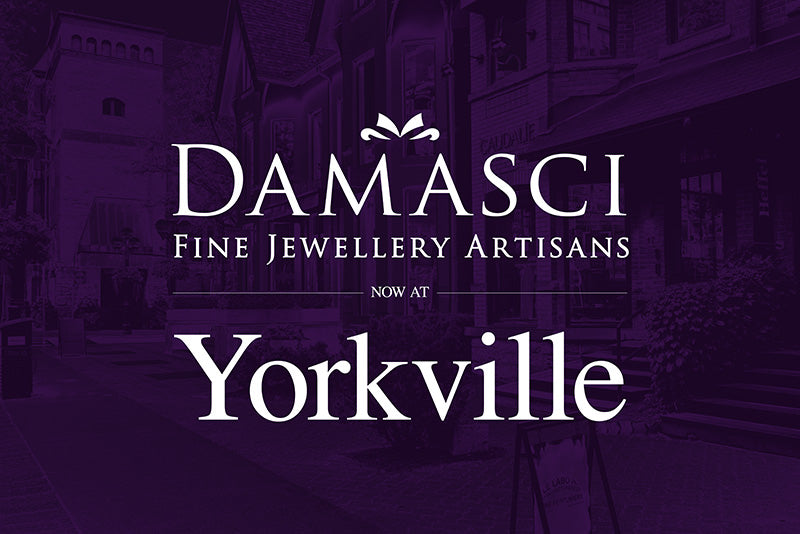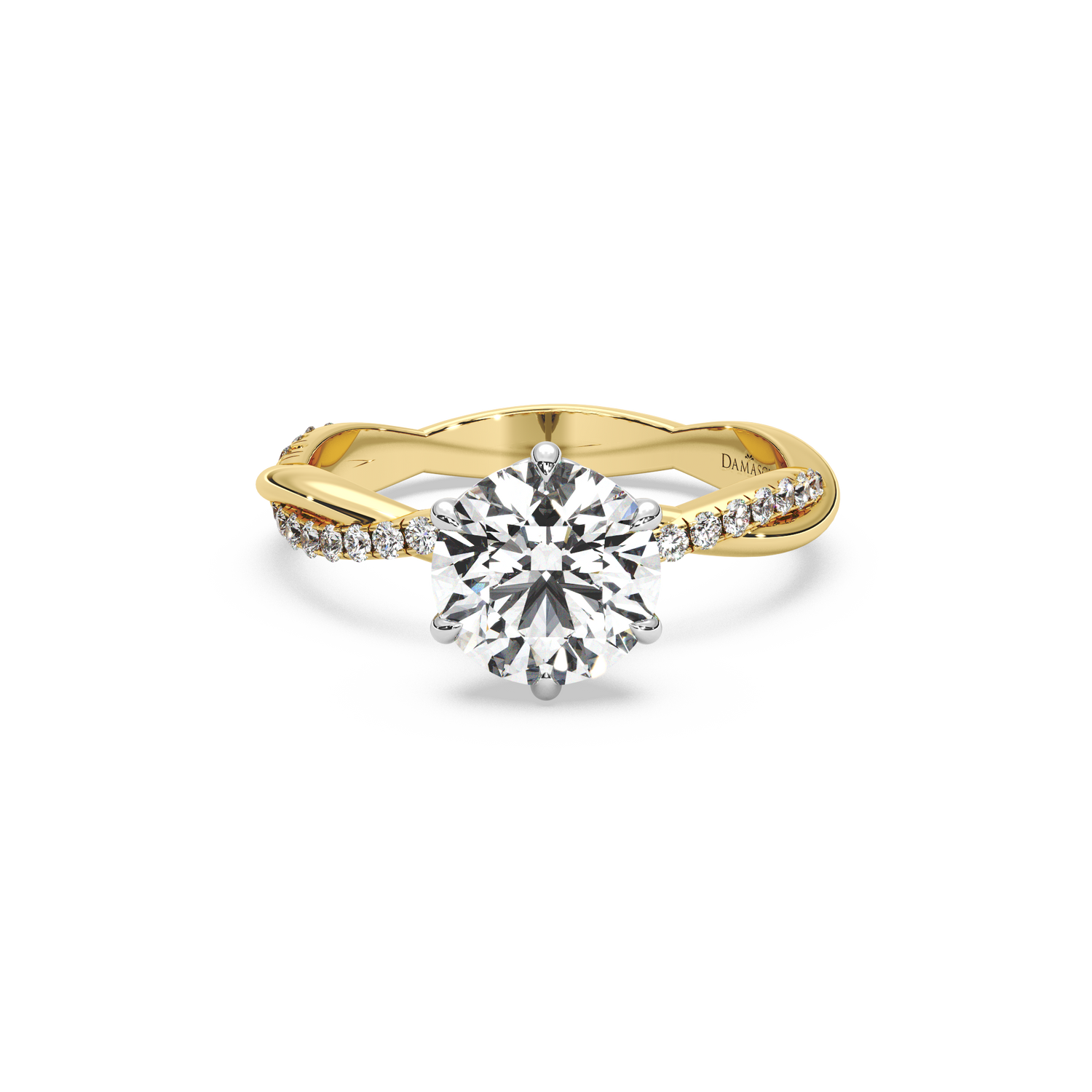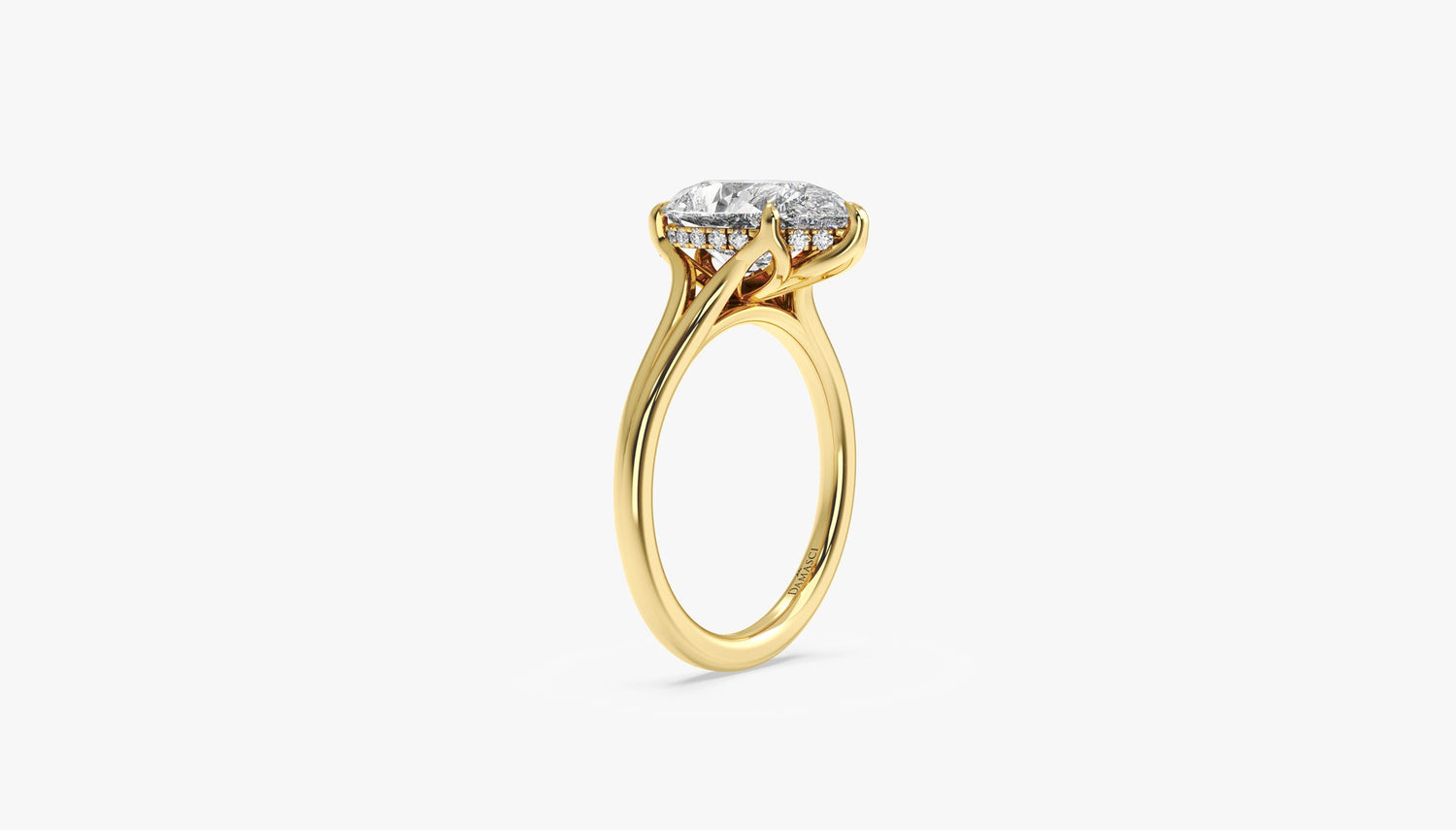What is the Holloway Cut Advisor and What Is It Good For?
The Holloway Cut Advisor is a tool (available here) that allows you to type in the proportions of a diamond and receive a score. The proportions of a diamond can be found on a GIA or AGS grading report. (For more information on GIA reports and diamond certification, please read our post on “GIA-Certified Diamonds.”) The goal of the tool is to help people potentially avoid diamonds that could have bad light performance.
When a diamond has potential for “bad light performance” it refers to how light reflects off of a diamond. When a diamond is ideally cut, each pavilion facet reflects light back through the top or the crown of the stone. This makes a diamond more visually appealing and have more sparkle and fire. More information on diamond proportions is available in our diamond education center.
When you enter a diamond’s proportions into the tool, it will give you a number from 0 to 10. A diamond that scores between 0 and 2 is considered excellent, between 2 and 4 is considered very good, 4 to 6 is good, 6 to 8 is fair, and 8 to 10 is considered poor.

The information provided by the Holloway Cut Advisor can help you narrow down diamonds to those that have the potential for good light performance. However, this tool needs to be used correctly and the information it provides must be considered in the way that it is designed to be considered.
The Holloway Cut Advisor is not a “be all, end all” that will be able to always help you choose the best diamond.
Drawbacks of the Holloway Cut Advisor
While the Holloway Cut Advisor can give you information about a diamond that can be used to reject poor quality diamonds, it should not be the only tool or piece of information that you use to choose a diamond.
Why not? Because there are several different aspects that affect a diamond’s light performance. According to the tool itself “HCA gets no info on symmetry, polish and minor facets; use it only to reject likely bad performing diamonds to narrow down your final selection.”
Minor facets such as lower girdle facets can greatly affect the sparkle of a diamond. Lower girdle facets with a longer height would show thin flashes of light while ones with a smaller height will have flashes that are more broad. This matters to the overall appearance of the diamond and this information is not considered by the Holloway Cut Advisor tool.
In addition, it’s important to note that two diamonds that both receive the same cut and symmetry grades can look quite different. This is because the GIA allows for variance within their cut grades. The Holloway Cut Advisor score is not always able to take these differences into consideration.
For example, review the two diamonds below. Both receive an “Ideal” cut grade. However, they look very different from one another. By relying only on the grade and the information provided by the Holloway Cut Advisor, you would not realize this. This is why you should never buy a diamond blindly and always visually review it closely.

Finally, it’s also important to note that the HCA tool does not tell you anything about the clarity or color of a diamond. It also does not take factors such as symmetry or polish into consideration. These factors are all important for diamond appearance and the tool provides no information about these factors.
For example, consider the two images below. The diamonds on the left are not “eye clean” while the diamonds on the right are.

The Holloway cut Advisor would not be able to tell this information and these diamonds receive the same clarity grade. By trusting only the information provided by the HCA tool, you could end up purchasing a diamond that has visible inclusions. This is why it’s important to visibly examine a diamond before buying.
The bottom line is that there is certainly value to the Holloway Cut Advisor, but it is very important that you use the tool the way that it has been intended. It was not designed to be used as the only tool in your arsenal for determining diamond quality. Its intended use is to give you information that you can use to potentially eliminate some diamonds that may have poor light performance. However, the task of ultimately selecting a diamond depends on various other factors that the tool does not take into account.
Choosing A Diamond
When it comes to choosing a diamond, you’ll want to keep in mind that many different factors that influence the appearance of the diamond. Check out our guide to buying the perfect diamond for important information on choosing a diamond.
It’s also important that you choose to buy from the right jeweler. A good jeweler shouldn’t be evasive and refuse to give you important details about the stones you’re considering. He or she should take your needs, preferences and requests into consideration, rather than just try to “push a sale.” The more information that you have about a diamond, the more likely that you’ll choose the right one.






